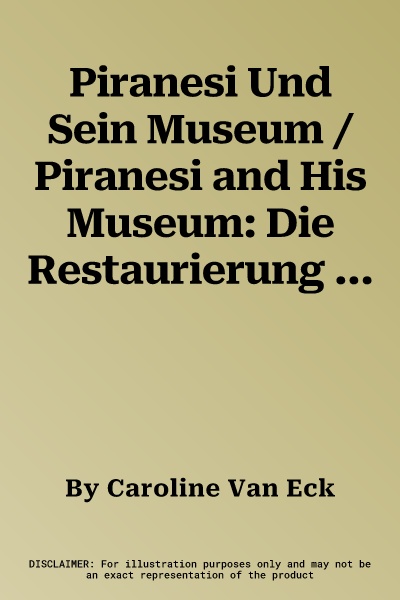Caroline Van Eck
(Author)Piranesi Und Sein Museum / Piranesi and His Museum: Die Restaurierung Der Antike Und Die Entstehung Des Style Emire in Einer Sich Globalisierenden WelPaperback, 1 February 2020

Qty
1
Turbo
Ships in 2 - 3 days
In Stock
Free Delivery
Cash on Delivery
15 Days
Free Returns
Secure Checkout

Part of Series
Panofsky-Professur ... Am Zentralinstitut Für Kunstgeschichte München
Print Length
144 pages
Language
German
Publisher
Deutscher Kunstverlag
Date Published
1 Feb 2020
ISBN-10
3422900004
ISBN-13
9783422900004
Description
Product Details
Author:
Book Format:
Paperback
Country of Origin:
DE
Date Published:
1 February 2020
Dimensions:
21.08 x
12.7 x
1.52 cm
ISBN-10:
3422900004
ISBN-13:
9783422900004
Language:
German
Location:
Berlin/München
Pages:
144
Publisher:
Weight:
294.83 gm